Time to get a bike?
Summer is here! Recently, the city has announced its expansion plans to accommodate cyclists and make Prague more commuter friendly.
If you haven’t yet, why not get yourself some wheels?! I’m sure you have an idea of all the health benefits, but exploring this city and its surroundings remains the top reason you should get a bike.
For the amateur cyclist, here is a guide on what to pay attention to when you are buying a bicycle.
What kind of bike?
If you are purchasing your first bicycle, it is essential to assess what you are looking for. There are many types of bike, and they all have different purpose. However, since I am trying to help newcomers in the cycling world, let’s break down bicycles into 3 categories: mountain bikes, road bikes, and city bikes. Regarding E-bikes, they are trendy nowadays and can be very convenient. E-Bikes are meant to help you start pedalling. They give you a little “help” when struggling on a hill or with tired legs. In my opinion, an E-Bike is a bicycle with a clutch and first gear. However, if you have a dead battery, they can be pretty painful to pedal with due to their weight.
Now, let’s start by choosing what kind of bike you are looking for:
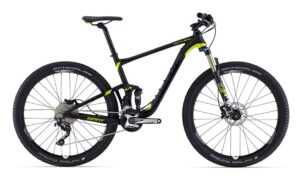
A mountain bike is an excellent choice for recreation. This type of bicycle is enjoyable to ride in the city, and if you feel adventurous enough to take down flights of stairs or cut through parks, this is the type for you. But mostly, they are easy to ride in the hilly streets of Prague. There are different type of mountain bicycle, but I will elaborate about the different kinds another time.
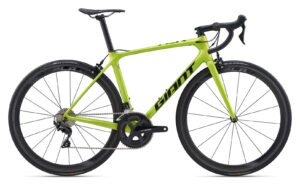
Road bikes are a must if you are looking to cover distances and go fast. As the name says, they are meant for the road; they are not suited to being adventurous off-road. They are speedy though. Great for commuting, delivery services, etc.
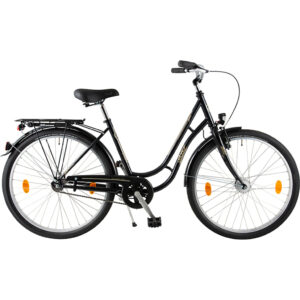
City bikes are primarily for commuting, going from point A to B. They are comfortable but not versatile, and climbing hills might be more difficult. They really are to get from point A to B.
If you are not sure what type of bicycle would suit your needs the best, I would recommend you rent different styles and try them to see which one suits your needs best. When you have decided what you are looking for, it’s time to go shopping.
Where to shop?
If you type in google “bicycle shop”, you’ll be overwhelmed by all the bicycle shops near you here in Prague. Czech Republic’s bicycle shops are great and do not lack in bicycle choice.
Bicycles have evolved a lot, and a brand new bike can be expensive. However, just like cars and other types of vehicle, you do not have to buy new. There are a lot of gems to be found in the second-hand market. Actually, the best deals are found in places like Marketplace, Cyclobazar, Basoz or Bike-forum. It is not uncommon to find a very well-cared-for bicycle sold online by people who are upgrading their gear, moving to a new discipline, etc.
Bicycles Brands:
The brand of a bicycle can tell you a lot about what you are buying. Most renowned brands use light materials and quality components. Brands such as Trek, Specialized, Giant, Cannondale or Cube are some of the many brands’ synonymous with quality. They can be very expensive though; even in the second-hand market. However, thanks to competition, many other brands pack a lot of value and are more affordable. For example, Apache is a Czech brand and produces fantastic bicycles. When it comes down to it, if you are about to buy your first bicycle, frame weight and components are where the real value is, regardless of the brand.
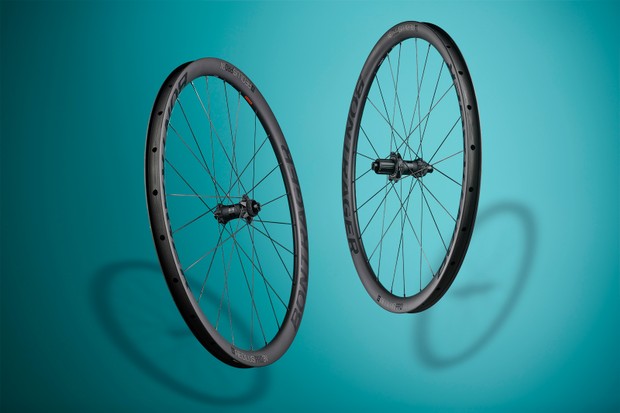
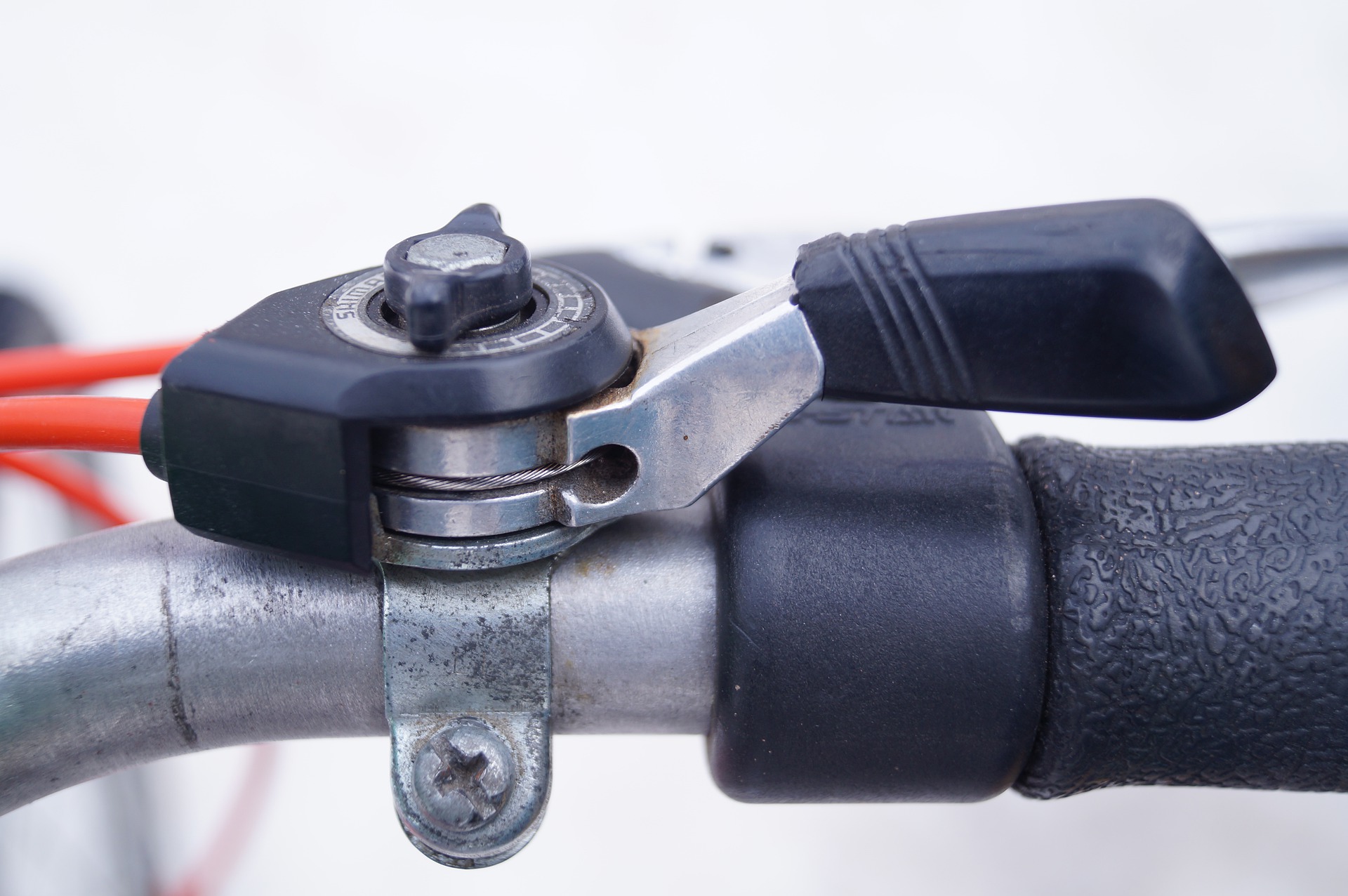
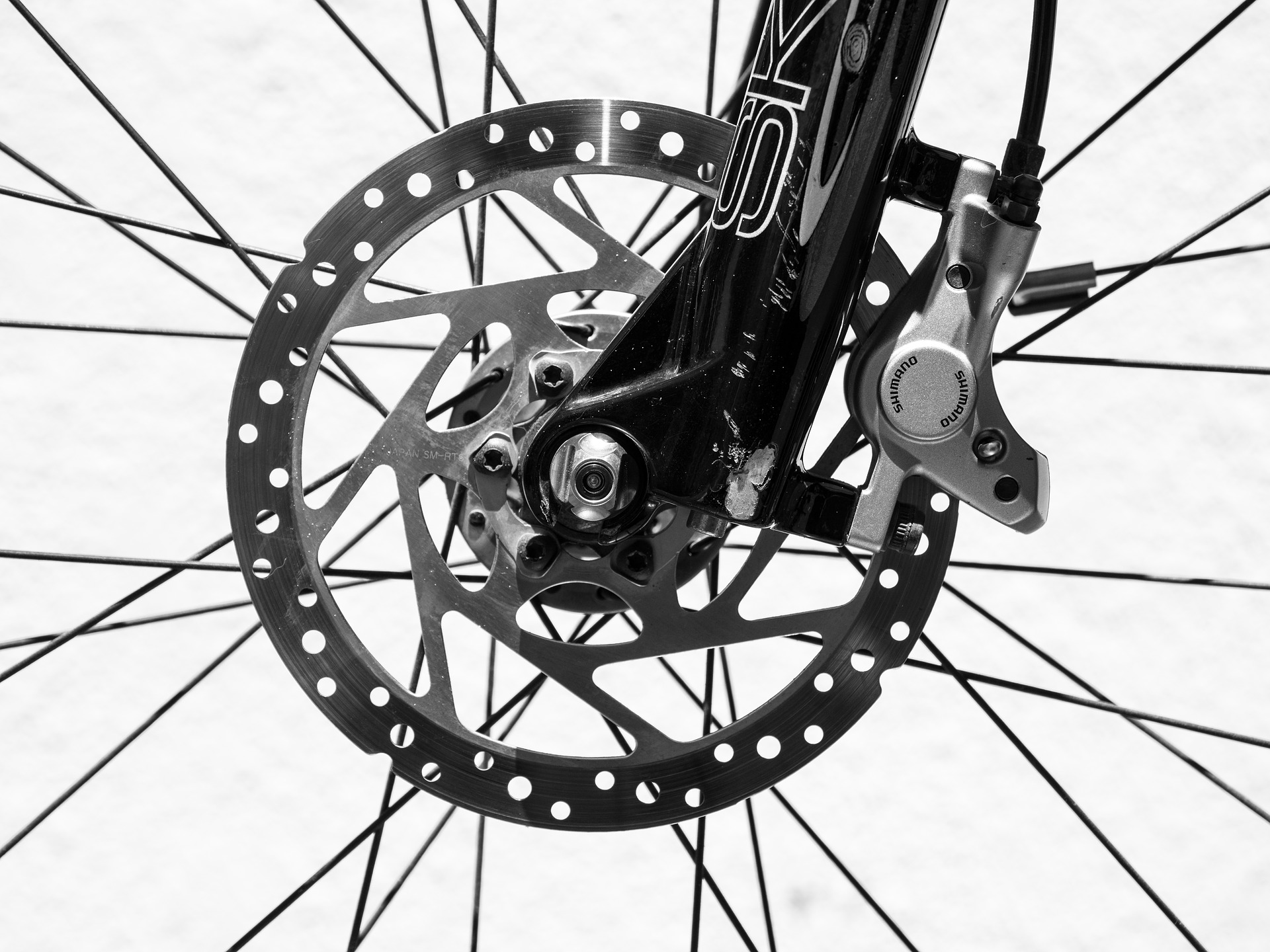
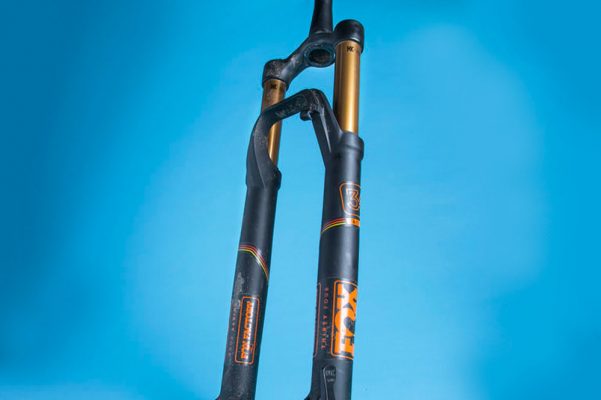
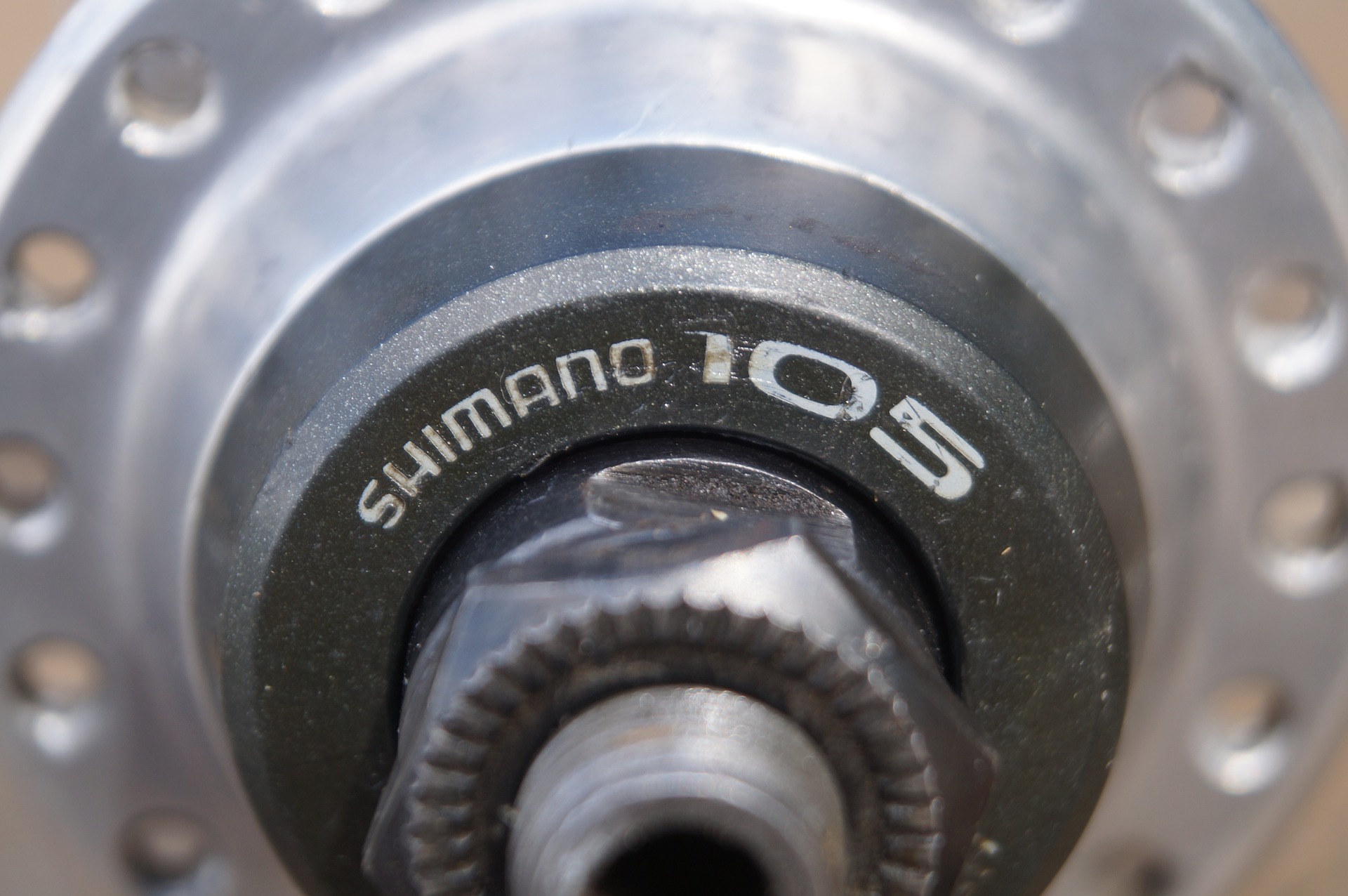
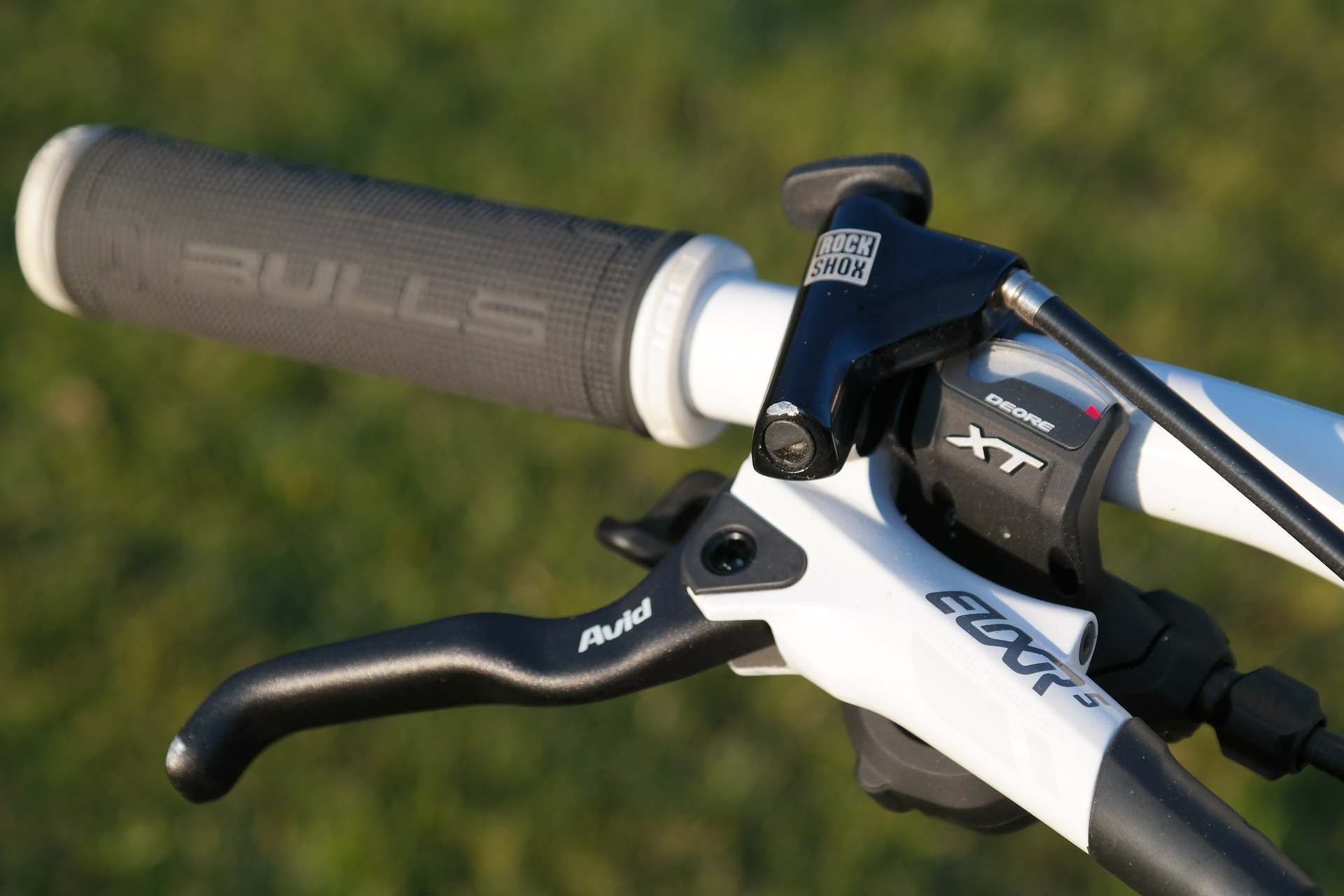
Components:
The bicycle components world has many players in it. Beyond that, brands components are divided into ranges: basic, entry, mid-range, etc. These ranges combine multiple lines. For example, in the Shimano family, the “basic” range includes Tourney, Altus, and Acera lines. I recommend doing some research on the components installed on the bicycles to make adequate comparisons when shopping.
For now, though, if you not well informed about all the brands, let’s agree that component brands like Shimano and Sram are the most standard ones.
Let’s have a glance at the main components and understand what we are looking at.
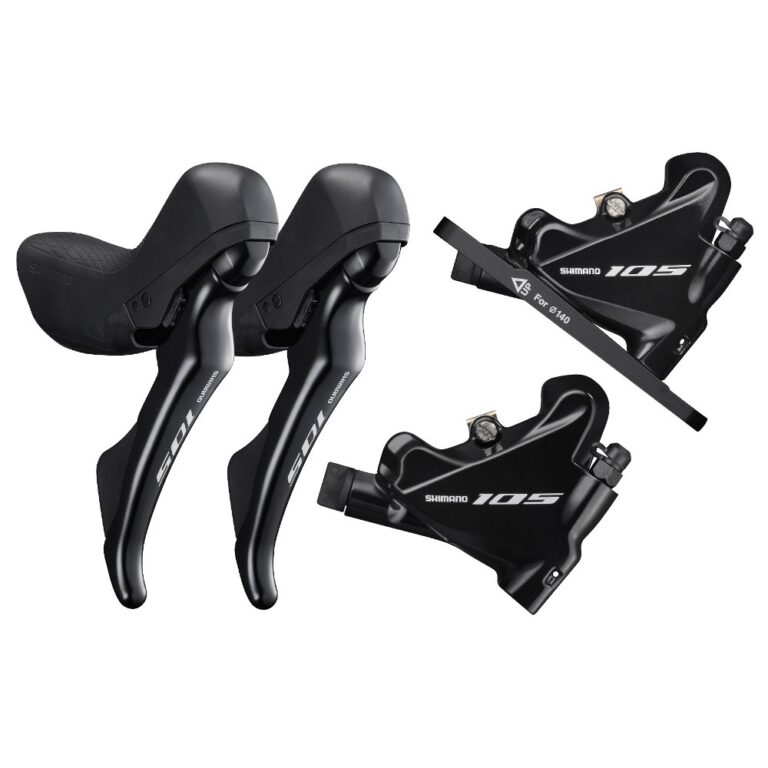
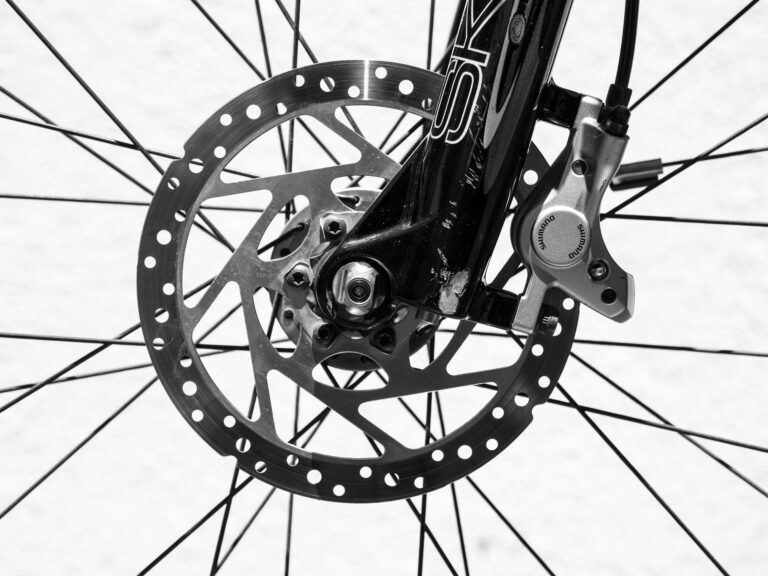
- Brakes:
Disk brakes are fantastic! They come with a mechanical calliper (older version) or hydraulic system. The mechanical system used the traditional brake cable to move the pads; the hydraulic system uses mineral oil pressure to compress the pads. Hydraulic brakes are super effective. It is tough to downgrade from a hydraulic braking system to a mechanical one. Although disk brakes are incredible, the traditional V-Brake is not obsolete. V-Brakes do just the job within the city and for recreational use; if adjusted right, you will get the best out of them.
In terms of maintenance, the hydraulic brake can be a little more complicated to adjust than cable brakes, which you can do yourself on the go. Bleeding a hydraulic system requires more work, material, and tools. Still, the hydraulic brake adjustment lasts longer if done correctly.
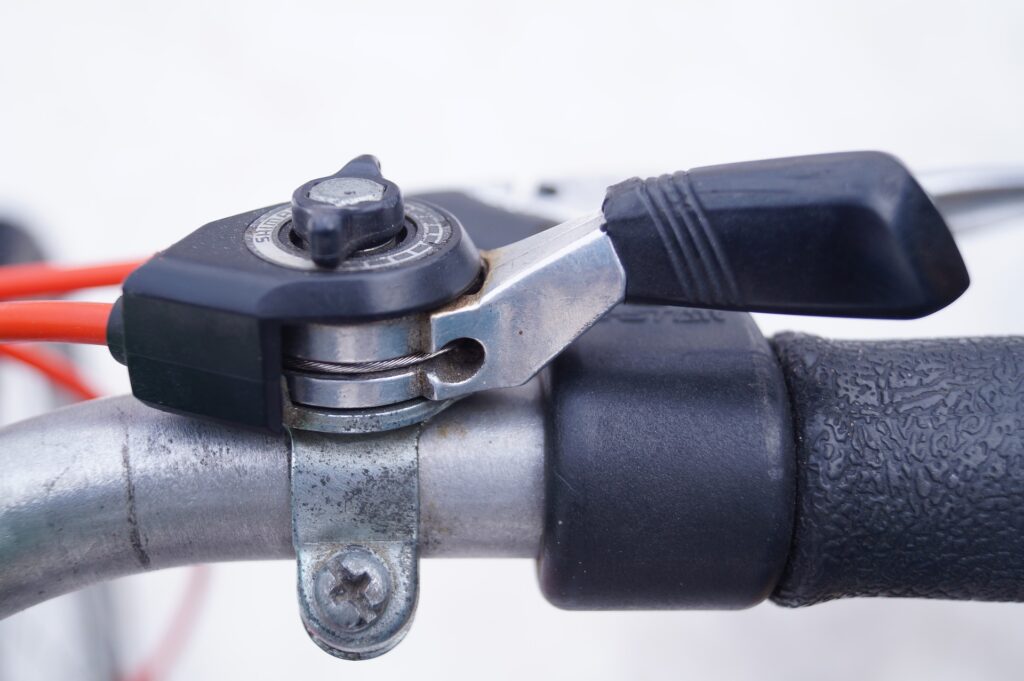
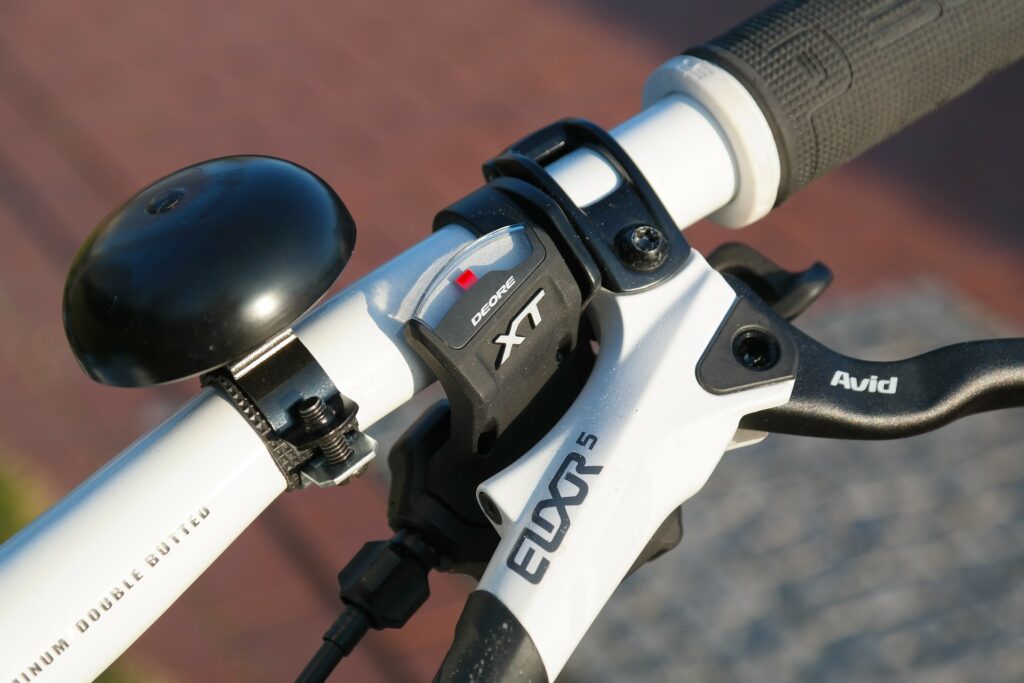
- Gears:
Is it better to have lots of gears? Is 24 speed better than 21? The short answer, the more there are gears, the easier it will be to climb those hills. However, a lot has changed and improved in the gear department. For example, a 3 gears crank is an older system. Those 3 gear cranks bend the chain, and cyclists end up using the middle gear or the big gear most of the time. Variation in cassettes and crank sizes have brought to the market lighter cranksets, surpassing the capabilities of the 21 or 24-speed bicycles. Basically, over the years, research and development have cut the fat in that area. Today, a single gear crank combined with an 11-gear cassette is very common and my personal favourite.
- Gears:
Is it better to have lots of gears? Is 24 speed better than 21? The short answer, the more there are gears, the easier it will be to climb those hills. However, a lot has changed and improved in the gear department. For example, a 3 gears crank is an older system. Those 3 gear cranks bend the chain, and cyclists end up using the middle gear or the big gear most of the time. Variation in cassettes and crank sizes have brought to the market lighter cranksets, surpassing the capabilities of the 21 or 24-speed bicycles. Basically, over the years, research and development have cut the fat in that area. Today, a single gear crank combined with an 11-gear cassette is very common and my personal favourite.


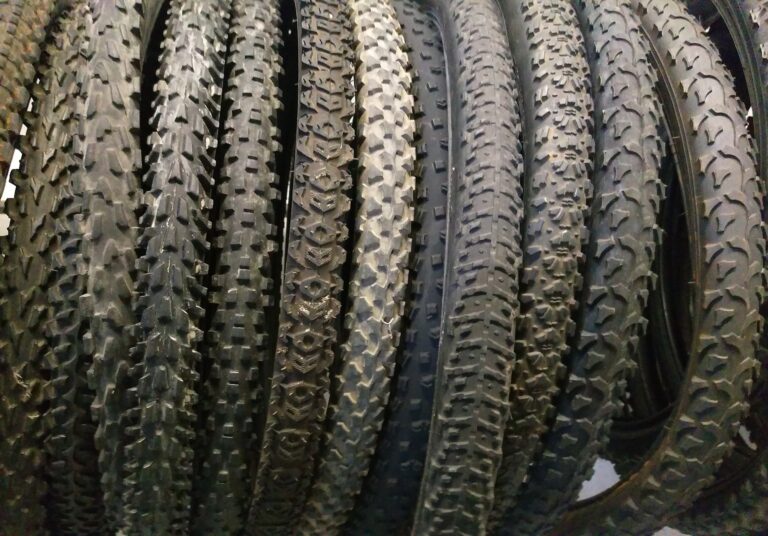
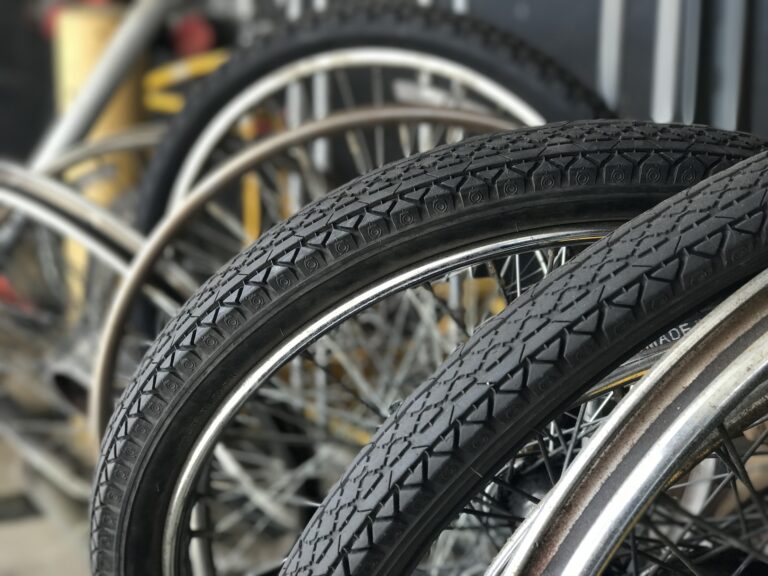
- Wheels and tire:
A wobbly wheel can be caused by 2 things: the tire is not appropriately installed, or your wheel needs truing. Either way, it is fixable at a small cost. If a tire is worn out, for your security, get a new one. The price will vary depending on what you need, but there is a wide choice for your needs. Any experienced cyclist with tell you to not overlook your tires’ state; do not jeopardise your traction as it can lead to severe accidents and injuries.
If the rim is dented, you probably will have to replace it. It can lead to accidents or premature use of other components because of the vibrations and hits created by the uneven wheel.
Taking into account the information mentioned above, I wrote here a checklist to help you chose your next bicycle:
Size: Know what size you need. Check this link to learn more about your needs.
Wheel size: Standard adult mountain bike wheels size start at 26 inches and 28 inches for road bikes. However, if you are looking at mountain bikes, 27,5 and 29 inches are trendy. Although bigger size increases control and speed, I believe it is a matter of preferences depending on your stature. Also, there should be no play on the axel. Although a hub can be serviced, it’s better if the wheels are in good functioning conditions.
Gears: If you try the bicycle and the gears do not change correctly, it can be fixed quickly as long as the components are not broken. Also, modern levers that click are better; they are easy to use and gear indexing is more precise.
Crank: If there is a play in the crank, good chances are that the bottom bracket needs servicing or replacing. There should be no play at all.
Pedals: Stay away from clips at first! The standard flat pedal is what you want in the city and for recreational use.
Brakes: If the bike has hydraulic brakes, make sure there is no oil leak by the levers or the callipers. If there is a leak, it can be fixed, but it might require changing the brake line. Suppose the bicycle has cable brakes (V-Brake or mechanical disk brakes), make sure the component is not broken, the rest can be adjusted easily.
Stem/Handlebar: Those are an essential part that requires adjustments to your stature. Make sure you are comfortable in a cycling position. Also, there should be no play on the stem.
Saddle: Rips in the fabric mean your saddle will absorb a lot of humidity from sweat and rain, and therefore smell very bad. Also, make sure there is room to adjust the seat and the pole to fit it perfectly to your preferences.
Tires: These are signs that the tires need replacing:
- Worn down indicator on the tire
- Flat spot along the centre
- Cracked rubber
- Cuts, holes
- Bubbles or deformities
Rim: Make sure there is no dent on the rims. It is tough to fix a dent on the rim. If it’s the spokes that are bent, they can be replaced.
Suspension: If you are looking at a mountain bike, do a little research on the type of suspension the bicycle has. If it is spring suspension, check if the preload adjuster works. If the bicycle has an air cartridge and damping system, make sure there is no leak and try the damping adjuster to ensure it works. Contact the manufacturer if you need a troubleshooting guide that you can follow to make sure all is in order.
In conclusion, I recommend you check the second-hand market when purchasing a bicycle. And if you do so, take your time to analyse the components of your potential bicycle choices.
As long as the components are in a good state (not broken and fully functional), adjustments and tune-ups can be made. On the other hand, the costs for components to replaces adds up quickly.
This list above is a simple checklist; allow yourself some time to do some research to understand and refine your search. If you do not feel comfortable during the process, get in touch with me, and I would be more than happy to help you answer your questions.
At the end of the day, whether you are shopping new or second hand, the process is the same, but mostly, it should be a fun and satisfying experience.
Good luck 😉